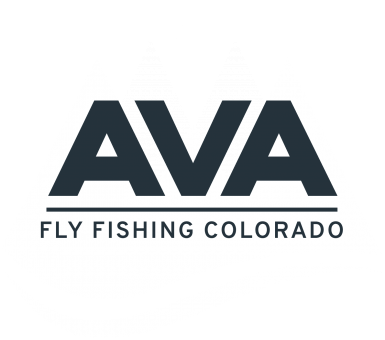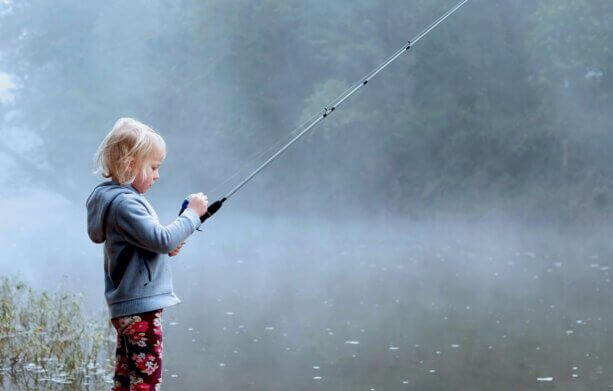Trout fishing can be some of the most frustrating and rewarding fishing there is. The variety of water types in which you can find trout is numerous and each variance requires almost completely different fishing styles and approaches to find the quality fish in the area. The Rocky Mountains are a prime example of a location in which you must master each of these unique styles to maximize your chances of landing a true trophy-sized trout. Here are a few tips and tricks to find the best trout for the water you decide to fish.
Tailwaters
To kick things off, let’s start with everyone’s favorite water type, tailwaters. Tailwaters are defined as water exiting a dam, culvert, or other structures where water is a under a controlled release. These are typically the most technical fisheries as most do not ice over and are open year-round. These areas can hold some true monstrous fish as they have great food supply year-round, but they are also experts at identifying actual flies’ vs artificial flies. Due to these finicky fishing conditions, small midge and nymph patterns reign supreme all year. Over the colder months look for fish to stack in deep runs or pools. You will need heavier nymph style rigs to reach them and you will want a very subtle presentation for going the normal bobber style strike indicator and move to a New Zealand style strike indicator. The summer months will move the fish into faster ripple sections where you will want to target the beginning of the ripple where the cobblestone begins to drop off as fish will be sitting in the pocket looking for a snack to punch them in the nose, this is also a good time to try dropper rigs as well as Czech style nymphing.

Headwaters
A personal favorite for many are headwaters, as presentation is slightly less important but cast precision is a must. Headwaters typically include whitewater type sections where you will target underwater obstructions where fish will be holding along the edges waiting for food to float on by. Headwaters typically freeze over during the winter months and great for an early or later season destination, but you will want to avoid run off as the water turns to a chocolate milk color and getting your flies deep enough to reach the fish can be a true challenge. Mid-summer sets you up with optimal dry fly and hopper dropper action which can prove to be the most exciting type of fly fishing trout can offer. In fall while the winter bulk is on and the Browns begin to spawn don’t be afraid to fast strip some ripple sections looking for spawning and feasting on the spawning efforts of other fish, but please avoid redds as we need to keep the fish around for future seasons.
Stillwater
The last water type we will discuss is stillwater, specifically high alpine stillwater. This can be extremely easy fishing or very difficult fishing depending on season and weather. Spring is great when targeting cutthroat trout as they will be in full spawn and very hungry, go-to flies will be small buggers, eggs, and scuds. During the summer months smaller dry fly patterns and hoppers will be your go to patterns, think BWO’s, Caddis, and small hoppers. In fall while the Brook trout spawn you will want to mirror the fly patterns used in spring. The approach to alpine ponds will always remain the same: look for fish roaming the shallows and coming up from ledges and drop offs.
Keep your lines tight and be safe out there this season! If you aren’t ready to take on some Colorado angling solo, call Fly Fishing Colorado for a guided tour on the Upper C today.



 TWITTER
TWITTER
